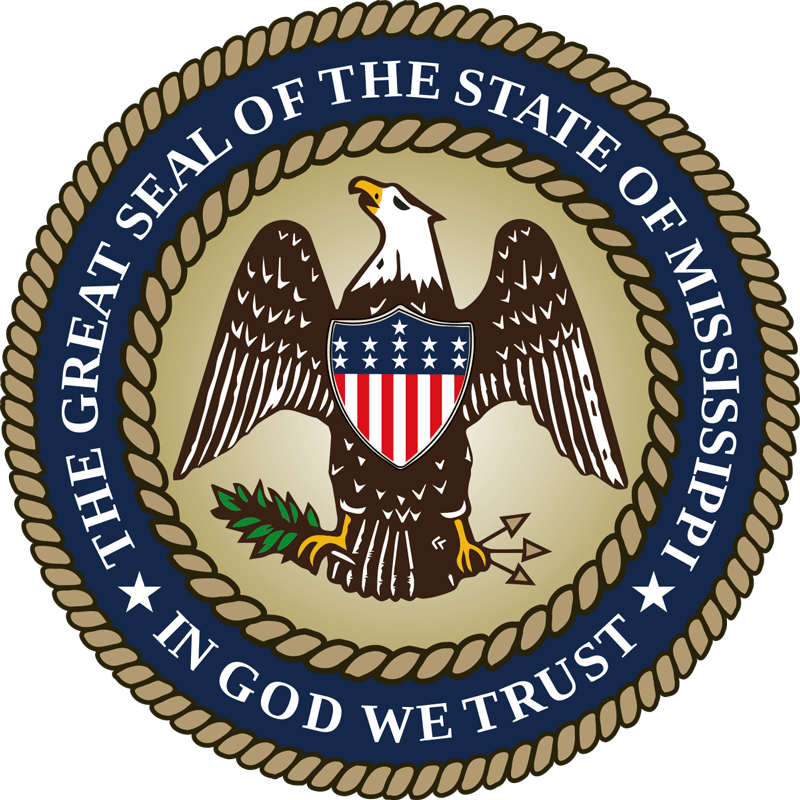The Dangers of Drunk Driving and Underage Drinking: Protecting Lives and Promoting Responsibility
Drunk driving and underage drinking are severe societal issues that pose significant risks to individuals, families, and communities. This article aims to shed light on the dangers associated with these behaviors and emphasize the importance of responsible decision-making to protect lives and prevent tragedies.
1. Understanding the Consequences:
Drunk driving refers to operating a vehicle while impaired by alcohol or drugs, while underage drinking involves consuming alcohol below the legal drinking age. Both behaviors can have severe consequences, including injuries, fatalities, legal troubles, and long-lasting emotional trauma. Understanding the potential ramifications is crucial to discouraging these dangerous activities.
2. Impaired Judgment and Coordination:
Alcohol impairs judgment and slows reaction times, making operating a vehicle under its influence extremely dangerous. Individuals may underestimate their impairment and engage in risky behaviors such as speeding, swerving, or disregarding traffic laws. Similarly, due to compromised judgment, underage drinkers are more likely to make poor decisions and engage in dangerous activities.
3. Legal and Financial Consequences:
Drunk driving and underage drinking can result in legal penalties, including fines, license suspension, mandatory alcohol education programs, community service, or even imprisonment. These legal consequences can significantly impact an individual's personal and professional life. Moreover, the financial burden of legal fees, increased insurance premiums, and potential civil lawsuits can be overwhelming.
4. Risks to Personal Safety:
Driving under the influence puts the driver, passengers, pedestrians, and other motorists at risk. Impaired drivers are more likely to cause accidents, resulting in injuries or fatalities. Additionally, underage drinkers are vulnerable to various health risks, including alcohol poisoning, impaired brain development, and an increased likelihood of engaging in risky behaviors such as unsafe sex or substance abuse.
5. Social and Emotional Impact:
The consequences of drunk driving and underage drinking extend beyond physical harm. Families and friends of victims endure immense emotional pain and grief, often struggling to cope with the loss or injuries caused by these preventable incidents. Communities are also affected, witnessing the tragic aftermath of such accidents and rallying for change to promote safer practices.
6. Prevention Strategies:
Efforts to combat drunk driving and underage drinking require a multi-faceted approach. Strict enforcement of existing laws, including sobriety checkpoints and penalties for underage drinking, can act as a deterrent. Educational campaigns targeting young people and adults should emphasize the dangers, consequences, and responsible decision-making. Encouraging the use of designated drivers, promoting alternative transportation options, and fostering a supportive community environment can also contribute to preventing these behaviors.
7. Open Communication and Support:
Parents, guardians, and educators play a critical role in preventing underage drinking and addressing the issue of drunk driving. Establishing open lines of communication, providing accurate information about alcohol, and discussing the potential risks can help young people make informed choices. Creating a supportive environment where seeking help or alternative solutions is encouraged is essential.
8. Role Modeling Responsible Behavior:
Adults should lead by example and demonstrate responsible drinking behaviors. Modeling responsible attitudes toward alcohol and advocating for safe practices can positively influence young people and discourage underage drinking. By collectively promoting a culture of responsible decision-making, we can reduce the incidence of drunk driving and underage drinking.
Drunk driving and underage drinking are dangerous behaviors that have far-reaching consequences. We can protect lives, prevent tragedies, and create a safer society by raising awareness about the risks involved, enforcing existing laws, implementing prevention strategies, fostering open communication, and role-modeling responsible behavior. Our collective responsibility is to prioritize safety, promote responsible choices, and support efforts to eradicate these harmful behaviors.
